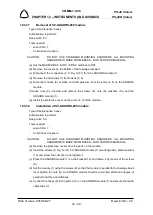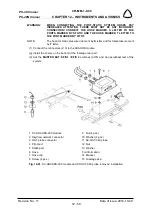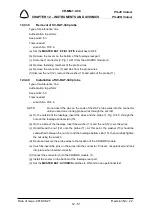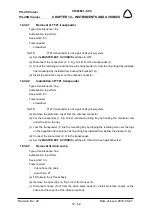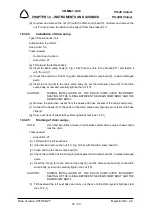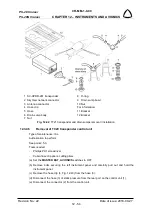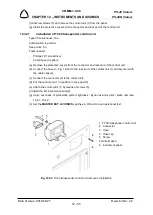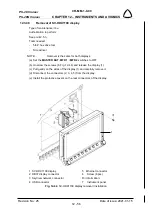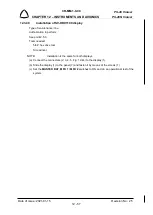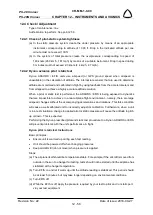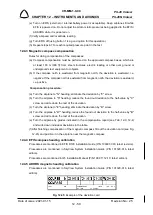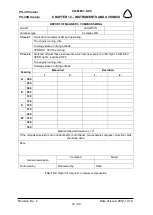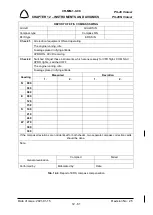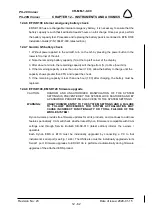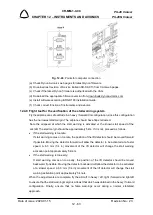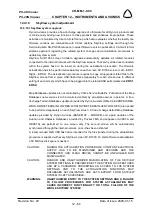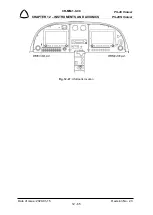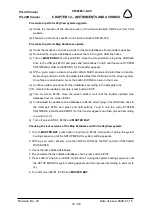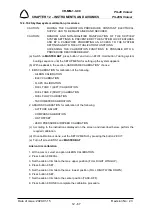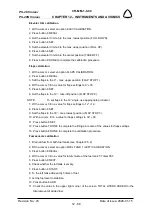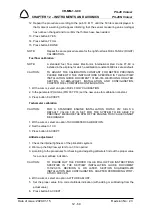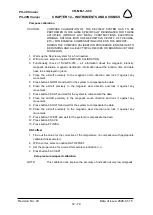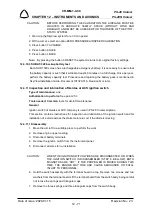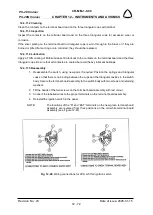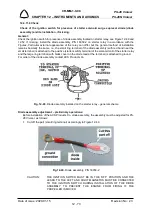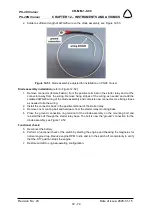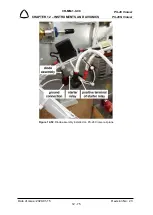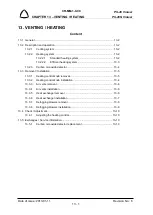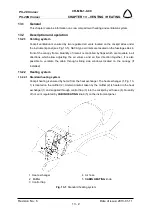
CR-MM-1-0-00
PS-28 Cruiser
PS-28N Cruiser
CHAPTER 12 – INSTRUMENTS AND AVIONICS
Date of issue: 2020-01-15
Revision No.: 23
12 - 63
Fig. 12-46
: Points for computer connection
(a) Check Dynon Avionics web pages for latest Dynon firmware
(b) Download last revision of Service Bulletin SB-SC-013 from CAG web pages.
(c) Check if the latest Dynon firmware is authorized with the CAG.
(d) Download the appropriate firmware version from downloads.dynonavionics.com
(e) Install software according EFIS-D100 Installation Guide.
(f) Check correct function of instruments and avionics.
12.4.9 Flight test for the verification of the stall warning system
Fly the airplane at a safe altitude in a heavy / forward CG configuration, since this configuration
has the narrowest stall margin. The airplane should have flaps retracted.
Note the airspeed at which the stall warning is activated vs the known stall speed of the
aircraft. The stall margin should be approximately 5 kts. If it is not, proceed as follows.
•
If the stall warning is too late:
If stall warning comes on too late, the position of the lift detector should be moved forward
if possible. Moving the detector forward will allow the detector to be activated at a faster
speed. A 6.3 mm (1/4 in) movement of the lift detector will change the stall warning
activation point approximately 5 knots.
•
If the stall warning is too early:
If stall warning comes on too early, the position of the lift detector should be moved
backward, if possible. Moving the detector backward will allow the detector to be activated
at a slower speed. A 6.3 mm (1/4 in) movement of the lift detector will change the stall
warning activation point approximately 5 knots.
When the adjustments are complete, fly the aircraft in heavy / aft, light / forward and light aft
to ensure that the stall warning margin is at least that which was obtained in the heavy / forward
configuration. Finally, ensure that no false warnings occur during a normal, stabilized
approach.

